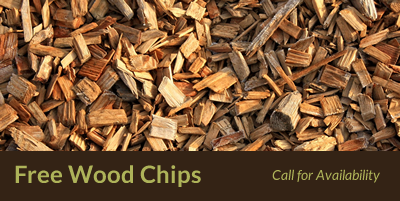Hazardous Tree Identification
Trees can be valuable both to our property value and health, but they can also present liabilities for homeowners. Poorly maintained, damaged, or diseased trees can fall or drop limbs causing injury to property and/or people. The key to minimizing hazards and liabilities is to recognize when a tree becomes hazardous and take proper actions to correct these hazards and reasonably minimize risk of damage and injury.
A hazardous tree is one with structural defects that cause damage to all or part of the tree. Such a tree could damage a vehicle, building, or even a backyard. Regular tree inspections help identify and manage hazardous trees, and can protect property and save lives.
There are several physical signs that Evergreen Arborists will look for to recognize a hazardous tree. These include:
- Decay: Soft or crumbly wood or a cavity where the wood is missing can pose a serious hazard. Growth of mushrooms, conks, and brackets growing on root flares, stems, or branches can also be indicators of advanced decay.
- Dead Wood: Wood that is often dry and brittle and cannot bend in the wind. Dead wood is unpredictable and can break and fall at any time so it can be especially dangerous.
- Cracks: Deep splits that extend through the bark into the wood. They are an indication that the tree is already failing.
- Root Problems: Trees with root problems are likely to blow over and fall without warning in heavy wind storms. Soil mounding, twig dieback, dead wood in the crown, and discolored or smaller than normal leaves are symptoms often associated with root problems. As most defective roots are underground and out of sight, above ground symptoms serve as the best warning.
- Cankers: A canker is a localized area on the stem or branch of a tree, where the bark is sunken or missing. The presence of a canker increases the chance of the stem breaking near the canker.
- Poor Tree Architecture: Trees with strange shapes or leaning trees indicates weakness or structural defects and imbalance. Poor architecture often arises after many years of damage from storms, unusual growing conditions, improper pruning, topping, and other damage.
- Multiple defects: Multiple issues indicating that a tree is extremely hazardous and must be dealt with immediately.
Calling for timely hazardous tree management services can help avoid risk of physical injury and property damage. Spotting a hazardous trees on your premises, however, requires a trained eye. An expert arborist conducting regular inspections is your best resource for efficient hazard tree management. Evergreen Arborists offers hazardous tree inspection and management services for developers and landowners.
Our team of arborists can identify hazardous trees and our trained technicians are experts at carrying out corrective measures. Call us today at 203-834-8088 to schedule an appointment.



